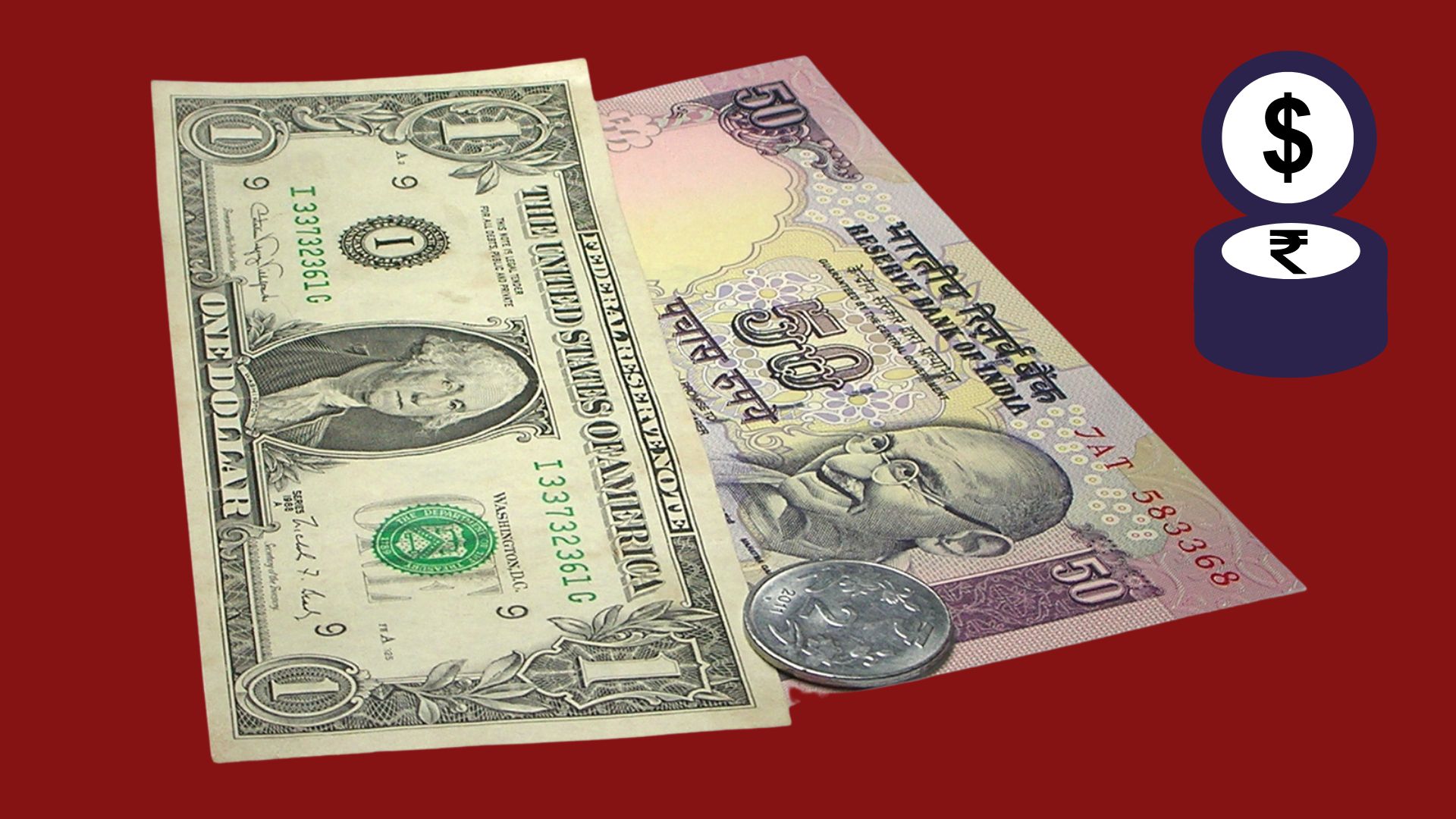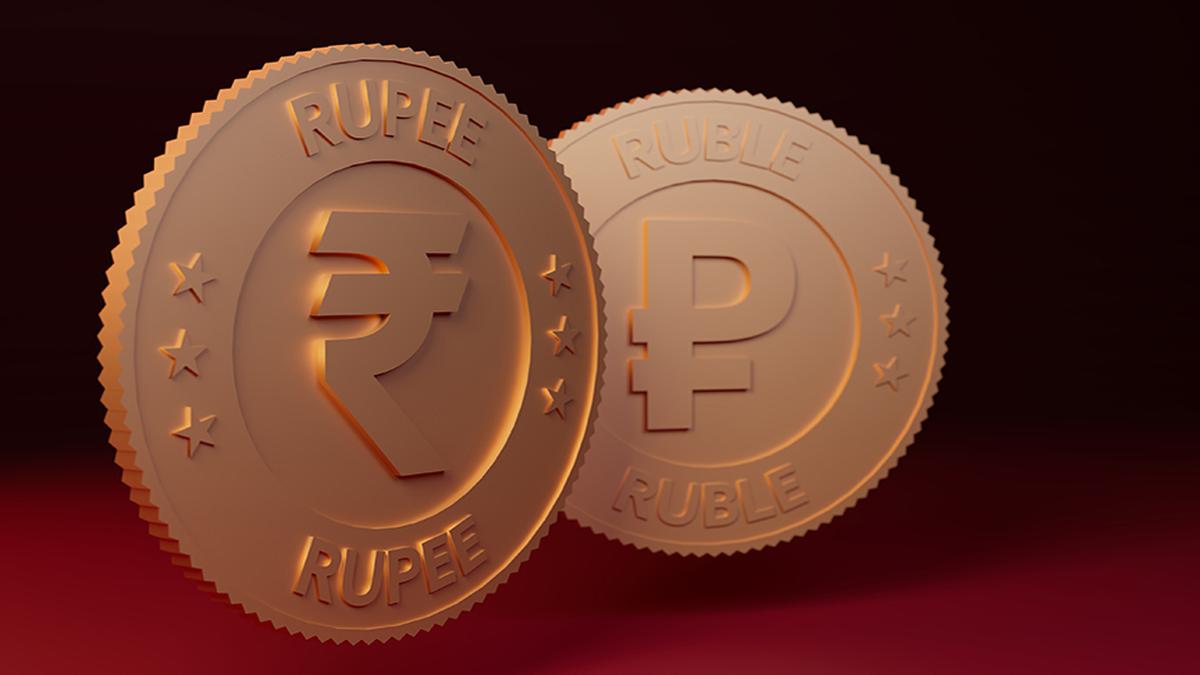Trade Settlement in Rupee Gains Pace with Neighbouring Countries in 2023

Trade Settlement in Rupee Gains Pace with Neighbouring Countries in 2023
Cotton yarn accounts for 8.7% of all exports to Bangladesh, with petroleum products at 7%. Sri Lanka receives $5 billion in exports from India, compared to $1 billion in imports.
India’s initiatives to encourage settlement of overseas commerce in Indian rupees are beginning to yield fruit; Bangladesh and Sri Lanka were the first nations to employ the method.
Anupriya Patel, a minister of state for commerce and industry, responded to a question in the Lok Sabha by stating that Sri Lanka has added the Indian rupee to its list of authorised foreign currencies and that a new method for settling trade in Indian rupees was introduced with Bangladesh last month.
India’s sixth-largest export market is Bangladesh. India sent products worth $11.6 billion to Bangladesh in FY 23, a 27% decrease from FY 22. In 2022–2023, India imported $2.02 billion from Bangladesh, an increase of 2.1 over the previous year. Cotton yarn is the largest export to Bangladesh, with a share of 8.7%, followed by petroleum products, with a share of 7%. India exports $5 billion to Sri Lanka while importing $1 billion.
According to the minister, a sizable portion of commerce with Nepal is conducted in Indian currency, whereas all trade with Bhutan is conducted in rupees.
According to the minister, two banks from India and Bangladesh have been assigned to settle bilateral trade in Indian rupees.
The two banks involved are State Bank of India and ICICI Bank from the Indian side, and Sonali Bank PLC and Eastern Bank from Bangladesh from the Bangladeshi side. Authorised Dealers (AD) in India have been permitted to open Rupee Vostro Accounts for trading rupees with Sri Lanka.
Accordingly, with the Reserve Bank of India’s (RBI) prior sanction, Rupee Vostro Accounts of eight equivalent banks from Sri Lanka have been established with the corresponding AD Banks in India.
According to the minister, a new agreement superseding all earlier ones was approved in November 2018 to streamline bilateral trade payments between Iran and India.

A rupee trade system has been established to enable commerce in domestic currency with Russia. The RBI had published the instructions for creating Special Rupee Vostro Accounts (SRVA) in Indian commercial banks by international banks. As of July 2, 2023, the RBI has authorised 34 requests from various Russian banks to establish SRVA in 14 Indian commercial banks, according to Patel.
Trade settlement in one’s national currency is a strategic move to bypass the widely used US dollar (USD) and reduce dependency on it, ultimately strengthening regional trade ties. As of 2023, there has been a significant upswing in trade settlement in the Indian Rupee (INR) with its neighbouring countries. This article delves into the intricacies and implications of this trend.
Settling trade in the national currency can reduce the dependency on the USD, the dominant currency in international trade. This can reduce the risk related to dollar fluctuation. By using the national currency, countries can bypass the need to convert their currency to USD and then to the money of the trading partner. This reduces transaction costs and makes trade more efficient.
Often at the heart of such trade agreements, currency swap agreements can foster deeper economic relations and trust among neighbouring countries.
India has proactively established trade agreements with neighbouring countries, including Bangladesh, Nepal, Bhutan, and Sri Lanka, to promote settlements in INR.
With the evolution of banking channels and digital platforms, cross-border transactions in INR have become smoother and more feasible.

Trade volume between India and its neighbours has surged, making rupee-based settlements more frequent. This has given neighbouring countries confidence in the stability and acceptance of the INR.
Settling trade in INR can balance trade deficits, if any, between India and its neighbours. It also means that countries trading with India must hold rupee reserves, which can boost the currency’s demand and potentially its value.
Increasing the use of INR in trade settlements can also enhance India’s influence in the South Asian region. Stronger trade ties can translate to stronger political ties, giving India a strategic advantage.
While there are many advantages, challenges can also arise. The dependency on the INR might expose countries to the risk of rupee volatility. Also, settling in national currencies can pose liquidity challenges without deep and liquid financial markets.

Trade settlement in the Indian Rupee with neighbouring countries is a testament to India’s growing economic influence in the region. It underscores the trust neighbouring countries place in the Indian economy and its currency.
While there are clear benefits regarding reduced transaction costs and increased efficiency, India and its trade partners need to ensure that mechanisms are in place to handle potential challenges. Nevertheless, the shift towards rupee-based trade settlement is a promising sign of a more integrated and collaborative South Asian economy.



